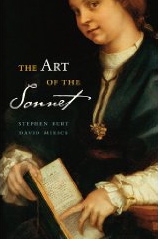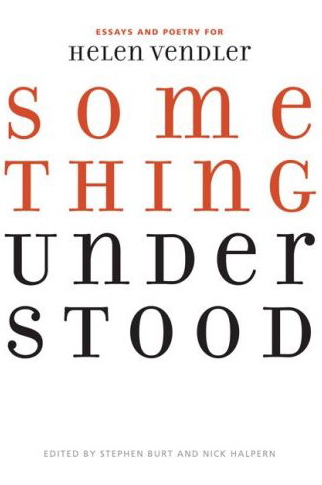Not directly related to contemporary poetry, I realize: my youngest brother’s op-ed in the new U.S. News, about his years of contact with Archbishop Tutu. With pictures. Take a look.
Vermillion, South Dakota is friendly, and flat, and has chislic, which is, or are, deep-fried meat pieces. It’s nothing like Vermillion Sands. Or is it? Would the Coffee Shop Gallery fit there?
I learn from her blog that Sandra Beasley’s second book will be out in 2010. This is good news: I’ve been liking her recent poems (sestinas in the Black Warrior Review, for example) an awful lot (more, really, than I liked some of her Theory of Falling).
My piece about William Carlos Williams’ poem “To a Poor Old Woman” now looks just as it ought to look: props to the Poetry Foundation folks for fixing, immediately, something I should have fixed before it went live!
A lot of smart people seem to be reading The Rumpus I should start. It seems to be a web-only culture-in-general mag, but they’re doing cool things for National Poetry Month– printing poems by people who aren’t already famous, for example, and running articulate book reviews. Here’s another articulate admirer for the prose poetry of Allison Benis White. The Rumpus is also running a book review contest aimed at students– but why is the contest restricted to reviews of prose?
This year’s Best New Zealand Poetry is now out! It’s a web-only anthology (click the link to get to the front page), so no worries about whether you want to pay to have a book shipped all the way from, say, Auckland: you can read last year’s gems by Michele Leggott, e.g., right now, for free.
Finally: sad news this week about the loss of the important critic Eve Sedgwick, best known as one of the founders of queer studies. You might not see it in what I’ve been writing lately, but her work, especially the essays in Tendencies, have been models I’ve admired for a long time.








